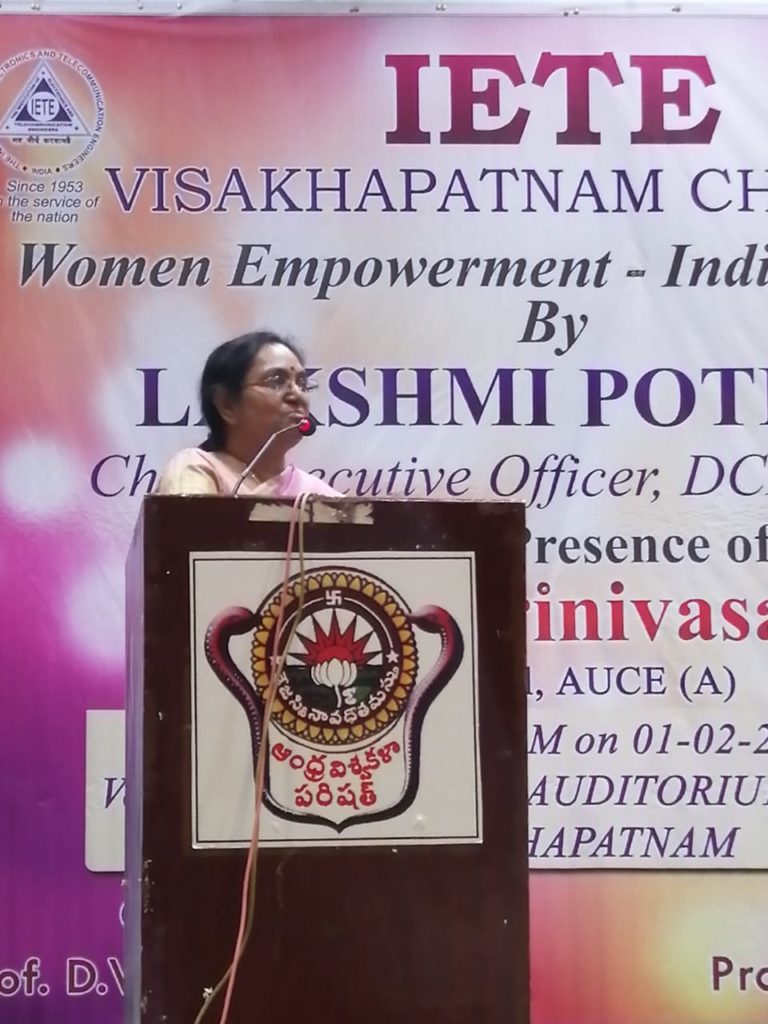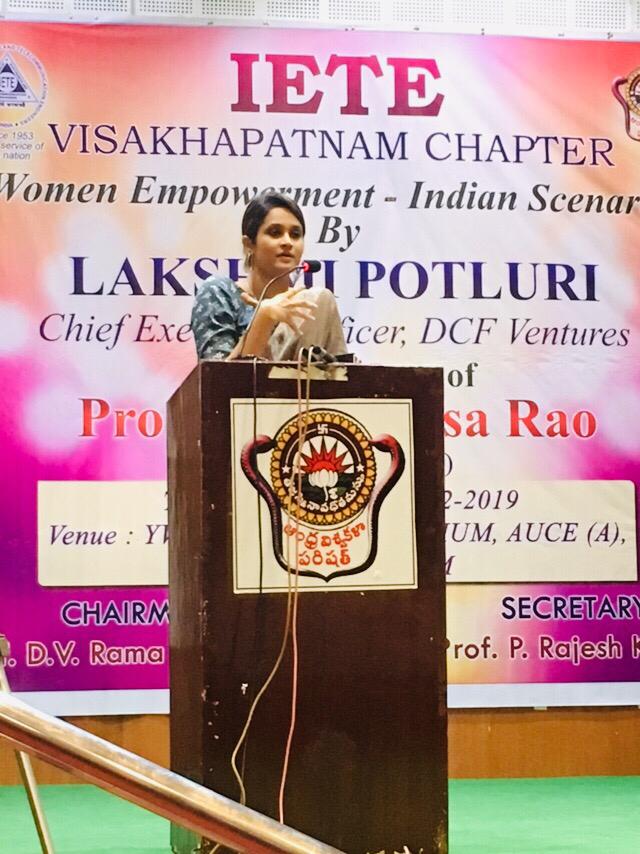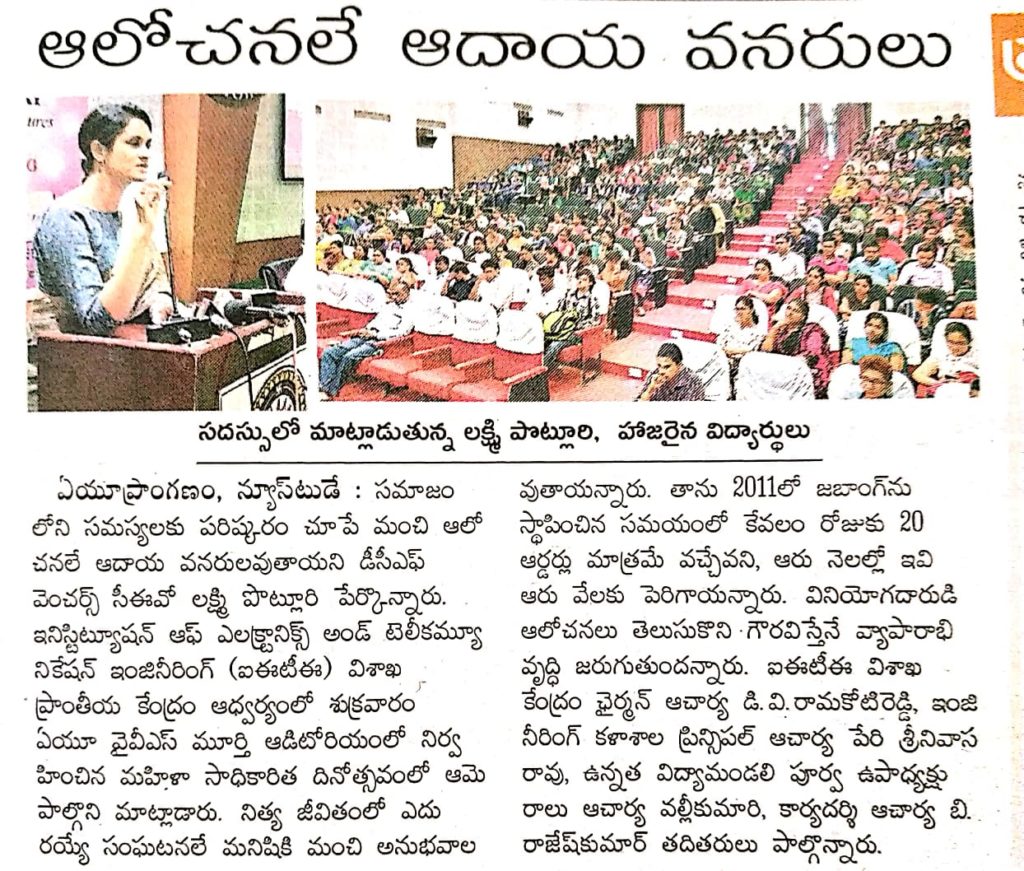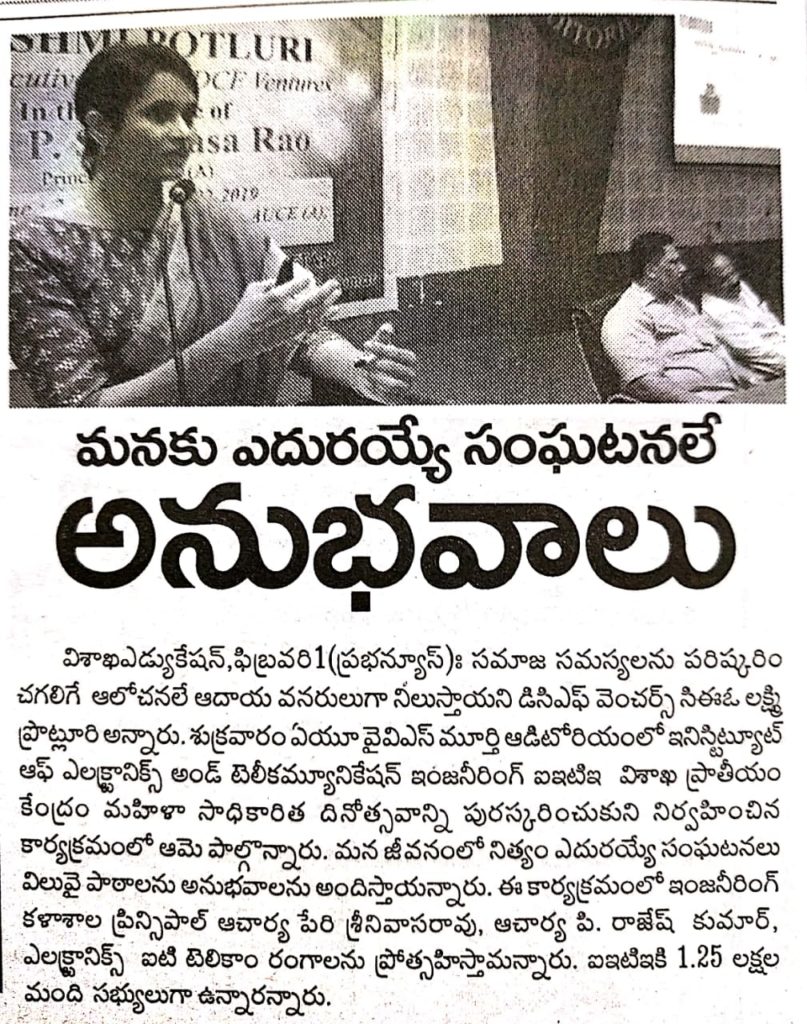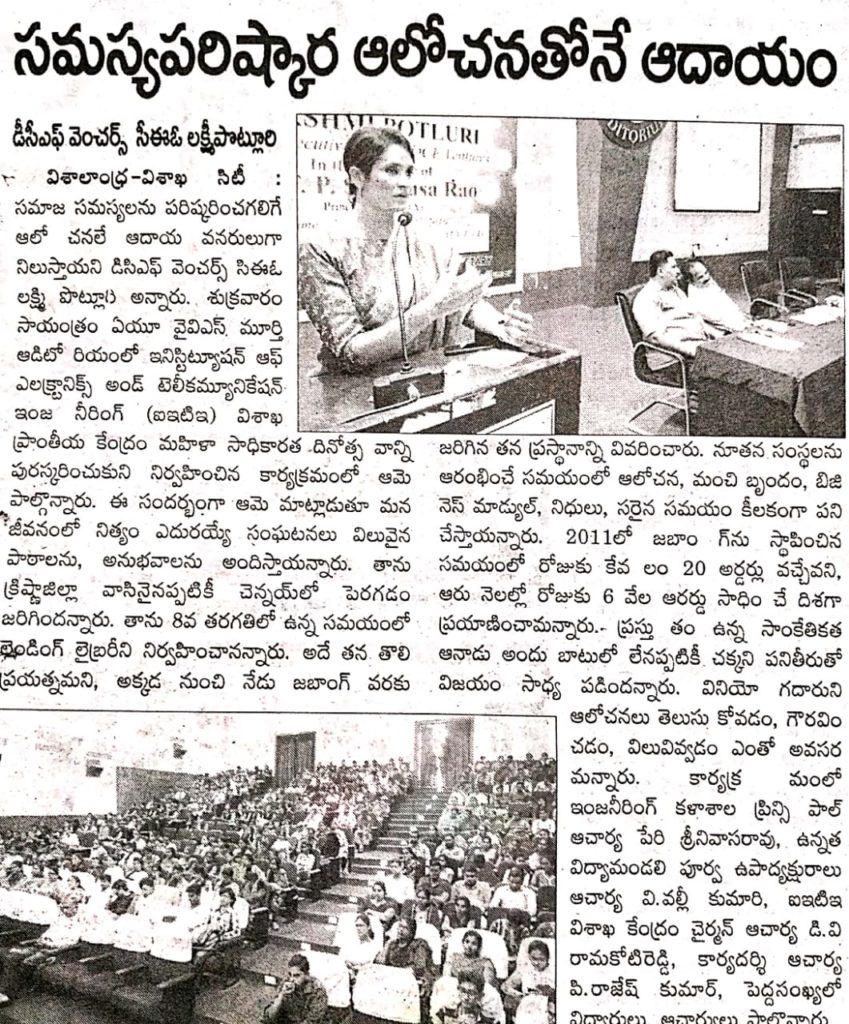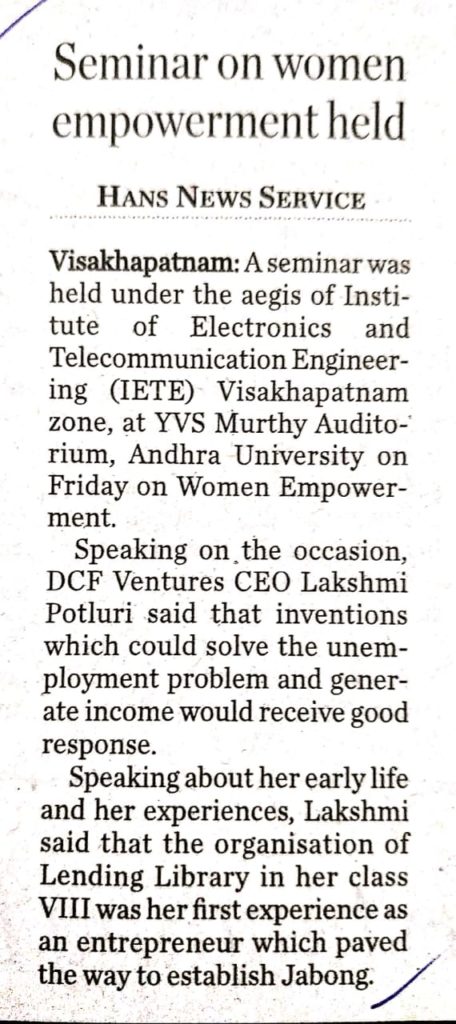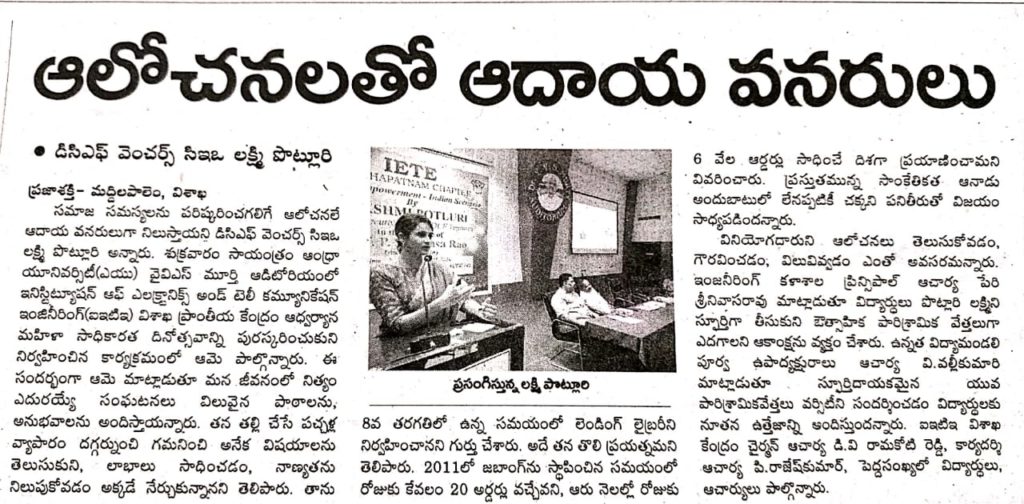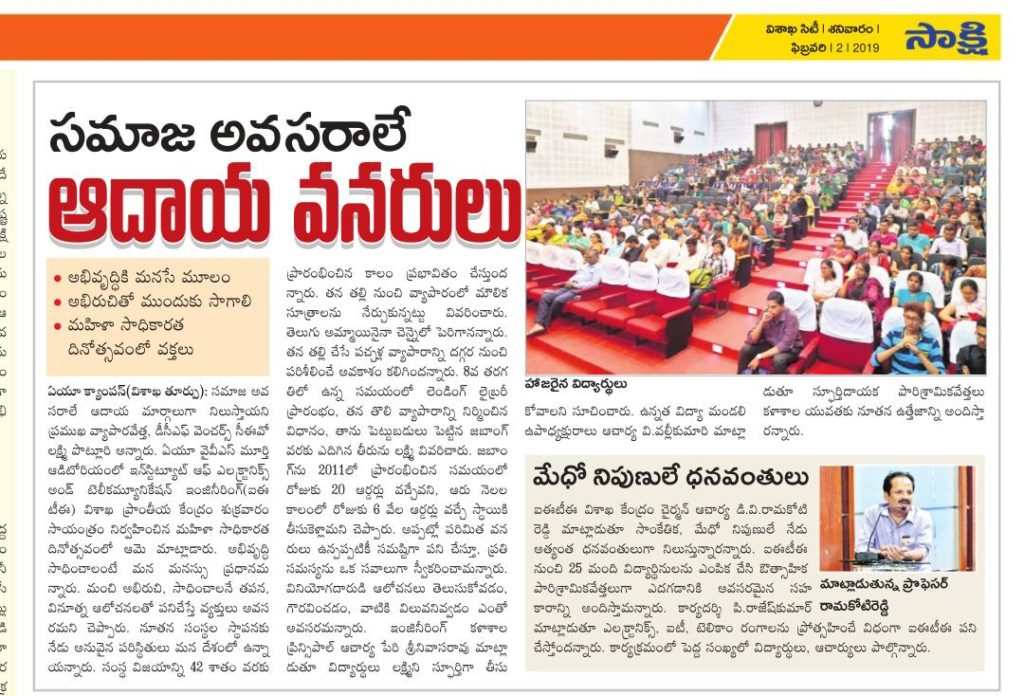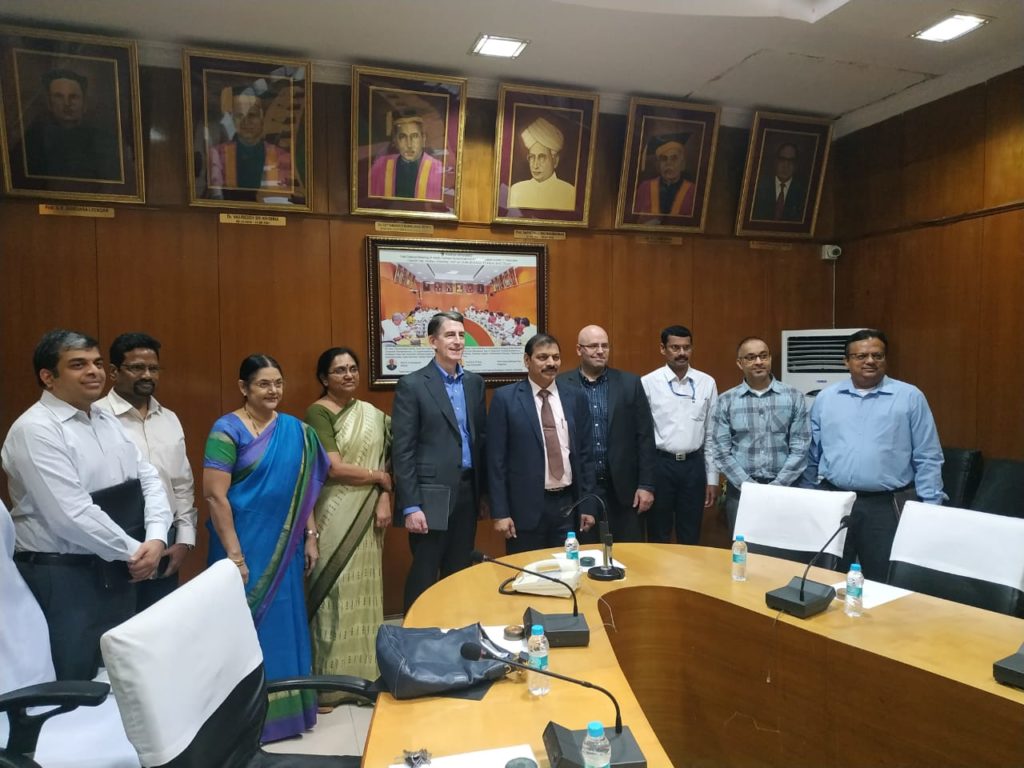Feb 20th, 2020 , hosted at AU College of Engineering (A), Vizag Hash Code Hub

About the event
Andhra University Tech Hub is Google approved centre for organizing the coding competition, Google Hash Code 2020 for the local community of Visakhapatnam.
Time and Venue
The competition took place in Andhra University College of Engineering (A) premises, from 11 P.M. of 20th February, 2020 to 4:00 A.M. of 21st February, 2020.
About Hash Code
Hash Code is a Google’s team-based programming competition, Hash Code, designed to share skills and connect with other coders by working together to solve a problem modelled of a real Google engineering challenge in locally coordinated Hash Code hubs.
Google has been organizing a competition for programmers since 2016 called Hash Code. Every year it attracts thousands of people from all over the world. The top teams from this round are invited to join at an international Google office for an annual Hash Code Final Round. The team should contain at least 2-4 members.
It has two rounds: main and extended. The main round continues only for four hours, while the extended one can go on for up to two weeks. The extended round does not count on the scoreboard, but it’s still a good chance to check one’s knowledge and skills.
TECH-HUB Community
In this approved centre, TECH-HUB COMMUNITY hosted the competition.
TECH-HUB COMMUNITY is an institution-level community of Andhra University College of Engineering(A), constituted with the directions and vision of the Principal of AU College of Engineering (A), Prof P. Srinivasa Rao. The community focuses on providing a platform for the engineering students to help themselves in developing skills as per industry future demands. The main objective of this community is to ‘collaborate, think, build and move together’ to keep up with the pace of changes happening in the Global Technology space.
Participants statistics
There were 494 contestants and 139 teams participated from in and around the Visakhapatnam. Out of them there were 319 boys and 175 girl participants from 12 colleges.
Event Proceedings
The event started with pep talks of our esteemed Principal – Prof. P. Srinivas Rao, Mentor and Coordinator of the event, Prof. V. Valli Kumari, Co-Coordinator, DR K.V Ramana and other eminent guests in the E-class room. All the participants were put up in E-class room, PSN Raju Lab of principal block and Software labs of CSSE department with high-speed Wi-Fi and LAN facility and Systems.
At sharp 11 PM, there was a Livestream from GOOGLE in which the task was announced. After that, the problem statement was released in the Judge system. There started a competitive scenario and excitement among all. Live scoreboards were displayed from around the world until the end of the competition. It encouraged the participants to compete around the world. Throughout the event, we had the support and guidance of our mentor and lab faculty. Special security measures are taken to all who were present.
Refreshments were provided to rejoice their levels. The area was decorated with Google props which had a special attraction and photographs.
Sponsorship
The event was fully sponsored by TEQIP III, AU College of Engineering(A).
Team
The following are the team members
- Prof P. Srinivasa Rao, Patron
- Prof V. Valli Kumari, Co-ordinator
- Dr K. Venkata Ramana, Co-Coordinator
- M. Varun, Student Member
- P. Srinivasa Bhargav, Student Member
- G. S. Sai Ganesh, Student Member
- P. Veda Upasan, Student Member
The conclusion
Finally, all the participants qualified for the online qualification round and received online certificates from Google and Andhra University Tech-hub. All the event was filled with fun, risk, enjoyments. It became a successful event with all the support of participants, administration, mentors, parents.
Attachments














